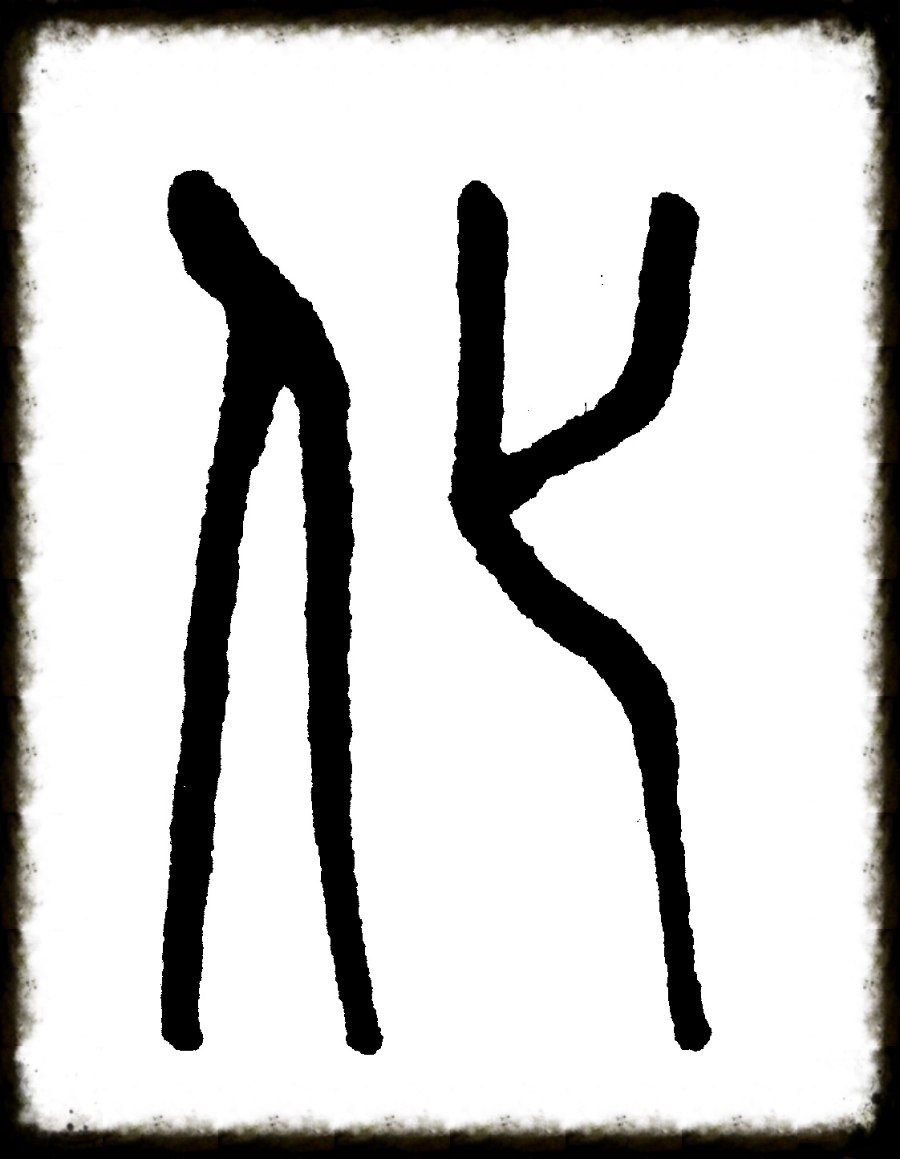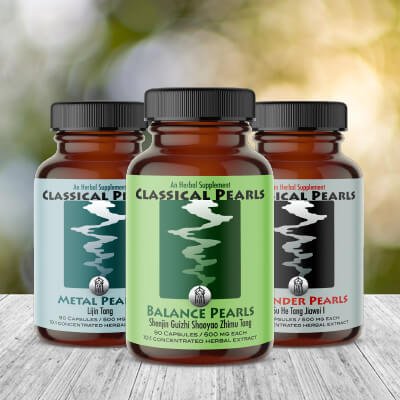Classical Acupuncture & Chinese Medicine
Our treatment plans are always integrated in the principles of Chinese Medicine and CranioSacral Therapy.
Chinese Medicine encompasses classical styles of acupuncture combined with herbal therapy, cupping, moxibustion, gua sha, nutritional guidance, Qi Gong (energy medicine) and therapeutic movement. All of which may be used independently or in combination.
Over millennia Chinese Medicine has evolved into a complete, independent, and elegant system of medicine capable of encouraging physiological and emotional balance and longevity, as well as addressing a vast array of illnesses, diseases, injury and pain.
What is Chinese Medicine?
Acupuncture
Tuina (aka Chinese Orthopedic Bodywork/acupressure)
Moxibustion
Cupping
Gua sha
Ear acupuncture (auriculotherapy)
Chinese herbal remedies
External Chinese herbal poultices and liniments
Nutritional guidance
Qigong medicine/energy medicine
Therapeutic movements and stretches
Classical Acupuncture
Acupuncture is a part of the larger system of Chinese Medicine, which originated in China more than 3000 years ago. Such a long and well documented history makes Chinese medicine one of the most thoroughly researched, practiced, and complete medical systems in the world. The World Health Organization (WHO) and National Institutes of Health (NIH) recognize acupuncture and Chinese Medicine as a highly effective system of medicine useful in treating a broad range of physical, psychological and emotional conditions, diseases, and pain.
Acupuncture is the best known therapy within Chinese Medicine. Acupuncture focuses on treatment of specific points along meridians to rebalance the level and circulation of Qi (energy) through the meridians, nervous system, internal organs, fascia, and joints.
Acupuncture is also sometimes applied to Ashi Points, which are areas of pain not on a meridian, to help reduce pain and inflammation and increase mobility, flexibility and range of motion; this is sometimes referred to as ‘dry needling’ in physical therapy, however, it is in fact an ancient practice within Chinese Medicine and should only be performed by highly trained, skilled, and licensed acupuncturists and Doctors of Acupuncture and Oriental Medicine.
Acupuncture is performed by gently inserting thin, sterile, single-use needles at specific points in the body to facilitate change and balance of Qi, increase blood circulation, reduce inflammation, and improve function of our organs, nervous system, endocrine system, muscles, tendons & ligaments, and bones. Increasing balance or harmony in the flow of Qi nourishes and encourages the body's innate healing abilities
Classical Chinese Herbs
Chinese herbal medicine developed along side acupuncture as part of Chinese Medicine and has a rich written history of development and refinement spanning over 3000 years. There are hundreds of herbs in the Chinese pharmacopeia each with their own unique properties and functions.
Herbal formulas are sophisticated combinations of herbs designed specifically for each person based on a complete health history, your current state of health, your constitution, and any medical considerations. When correctly diagnosed and prescribed by a highly trained and skilled Chinese herbalist, Chinese herbal formulas are safe, gentle, and effective without side effects. Herbal formulas are available as raw herb, granular, tincture, or pill form for internal conditions.
We may also prescribe herbal formulas to be applied topically for certain injuries or skin conditions.
Acupuncture and herbs can be used separately or in combination and can be prescribed after an herbal consultation or as part of a CranioSacral and/or acupuncture treatment.
Chinese herbs
6 Harmonies proudly carries Classical Pearls Formulas which are expertly formulated and produced by Dr. Heiner Fruehauf
Tuina
Tuina (pronounced “twee nah”), is integral to the practice of Chinese Medicine. The literal translation of Tuina is “push-grasp,” but it is so much more refined and complete than the name implies. Tuina is a powerful form of manual therapeutic bodywork (manual therapy) based on the same principles and theories as acupuncture. It uses a number of highly refined manual therapy techniques to access the meridians in order to improve the flow of Qi (energy), increase blood circulation, improve joint flexibility, mobility, and range of motion, improve muscle flexibility and strength, while reducing pain and inflammation locally and throughout the body. Tuina is also known as Chinese orthopedic bodywork or Chinese sports medicine; acupressure is one technique within the practice of Tuina.
Tuina sessions are performed with the patient fully clothed and either seated or lying on a comfortable, padded table.
Tuina’s manual therapy techniques, such as pressing (acupressure), pushing, kneading, and rolling are applied to meridians, acupuncture points, ashi points (pain points/trigger points), muscles, and joints of the body. It is particularly effective for acute and chronic pain, muscle or tendon and ligament injuries, joint pain, joint injuries, accident and sports injury, bone fractures and bone breaks. It is also beneficial for stress reduction, systemic inflammation, fatigue, and to calm the mind, as well as being beneficial in the treatment of a wide range of internal conditions.
Cupping
Chinese Medicine cupping with herbal oil
Cupping is an ancient technique used by many cultures throughout history. Chinese Medicine cupping techniques date back to 300 AD. Chinese Medicine Cupping is traditionally performed using the fire-twinkling method where glass cups are placed on the skin with suction using fire to create a vacuum inside the cup. Once the cups are placed they may remain stationary, or be gently moved across a small area of the body after application of an herbal oil.
The negative pressure created by Cupping can melt away muscle tension, increase circulation of Qi and blood, relieve local pain, improve nervous system functioning, and quell anxiety and depression. Cupping is useful for a wide range of ailments, such as muscle pain and stiffness, joint pain, sports injuries, asthma, fatigue, anxiety, and headaches, as well as colds, cough and congestion.
Moxibustion (Moxa)
Moxibustion with salt and ginger
Moxibustion is another highly effective technique in Chinese Medicine that involves warming acupuncture points with a Chinese herb (mugwort) that is burned near the skin. This process stimulates the circulation of blood and Qi (energy), dispels swelling in the joints or muscles, and relieves pain. Moxa is a safe and non-invasive technique often used in conjunction with acupuncture.





